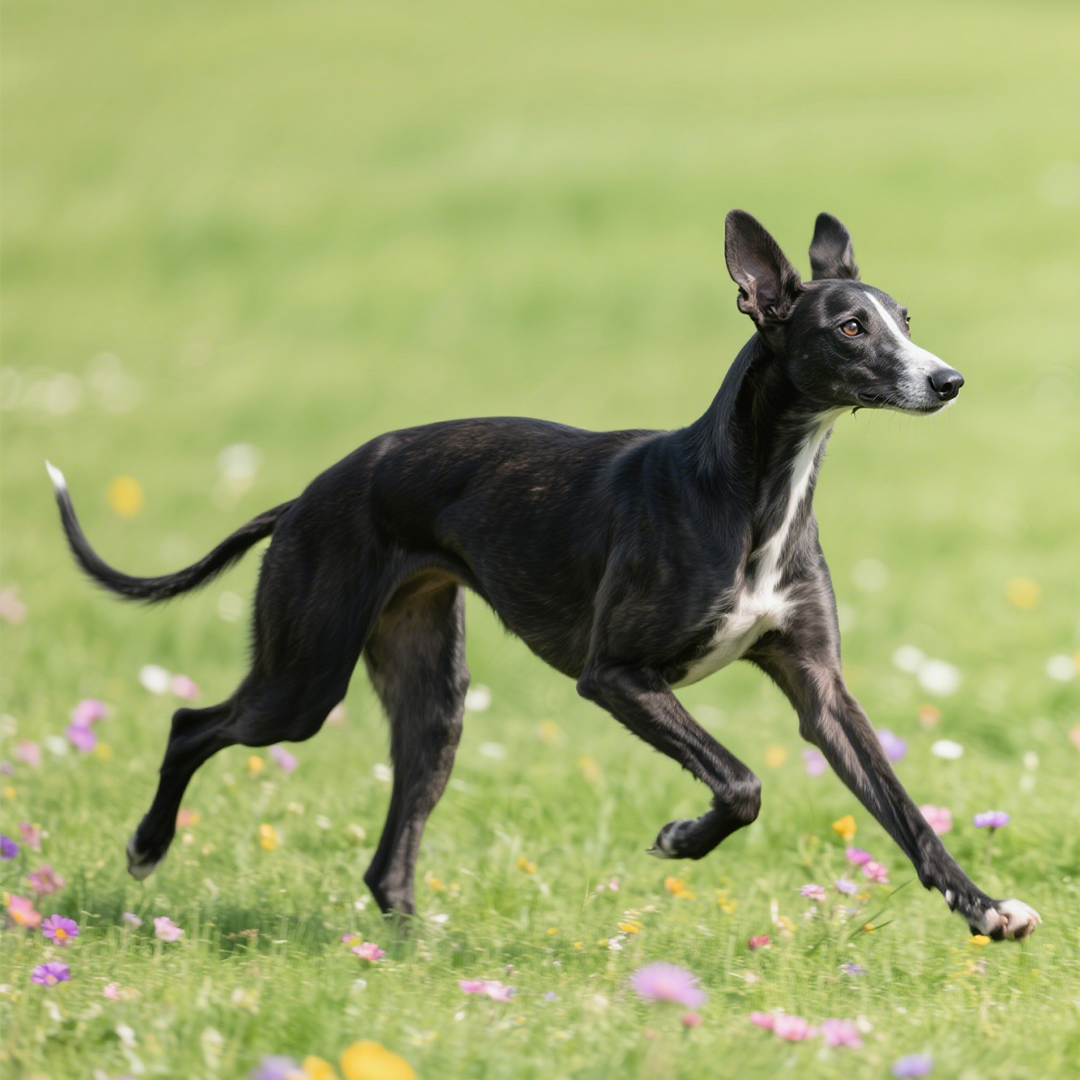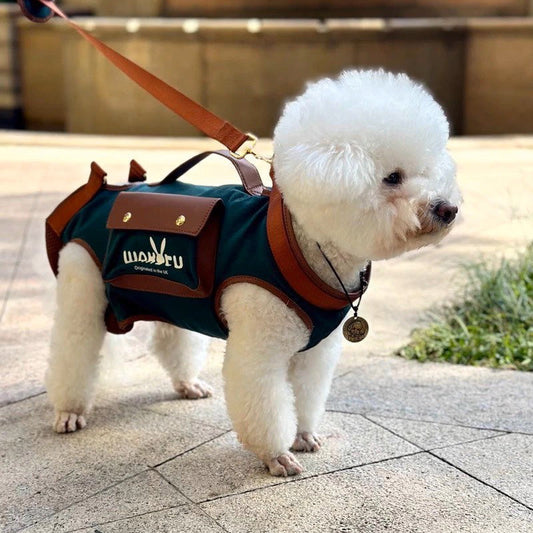
The Kinship Between English Greyhounds and Other European Sighthounds
Share
Unraveling the Bloodlines of the World's Fastest Dog
The English Greyhound, one of the most iconic sighthounds globally, shares a complex ancestral relationship with other European breeds like the Spanish Galgo and Italian Greyhound. While these breeds belong to the same sighthound family, DNA evidence reveals they evolved through parallel development rather than direct descent.
1. Origins and Evolution of the English Greyhound
(1) Ancient Foundations: Celtic and Roman Influences
- Celtic Hunting Dogs: The breed's earliest ancestors were likely Celtic hounds used for coursing hare and deer across Britain.
- Roman Enhancements: During the Roman occupation (43-410 AD), Mediterranean sighthounds may have been crossbred with local dogs, refining the Greyhound's speed and physique.
(2) Medieval Refinement to Modern Racing
- Aristocratic Hunting Companion: By the Middle Ages, Greyhounds became status symbols among European nobility. Historical records suggest possible crossbreeding with Spanish Galgos to improve endurance.
- The Racing Revolution: Selective breeding in 18th-century England transformed Greyhounds into sprint specialists, achieving record speeds of 45 mph (72 km/h).
2. Genetic Connections to European Cousins
|
Breed |
Key Characteristics |
Historical Role |
Genetic Relationship |
|
English Greyhound |
Muscular sprint specialist |
Hunting, racing |
Baseline breed |
|
Spanish Galgo |
Lean endurance runner |
Hare coursing |
Shared ancestry (not direct descent) |
|
Italian Greyhound |
Petite companion dog |
Noble lapdog |
Distinct miniature lineage |
(1) Spanish Galgo: The Endurance Athlete
- Independent Development: Genetic studies confirm Galgos evolved separately from Phoenician and Celtic hounds in Iberia.
- Functional Differences: While Greyhounds excel at short bursts, Galgos are adapted for long-distance running in arid climates.
(2) Italian Greyhound: The Miniature Aristocrat
- Size Disparity: At just 13-15 inches tall, this breed likely descended from small Mediterranean sighthounds rather than being a miniaturized Greyhound.
- Divergent Purpose: Became a Renaissance-era lapdog while English Greyhounds remained working hunters.
3. Debates and DNA Evidence
(1) Linguistic Clues vs. Genetic Reality
- The term "Greyhound" (Old English *grighund*) and "Galgo" (Latin *Canis Gallicus*) share etymological roots but don't indicate direct lineage.
(2) Modern Genetic Insights
- 2021 UC Davis Study: Found all three breeds cluster within the sighthound genetic group but belong to distinct branches.
- Convergent Evolution: Similar body shapes emerged independently across Europe due to selective pressure for speed.
4. Conclusion: A Shared Legacy, Separate Paths
The English Greyhound stands as a unique product of Britain's hunting culture, while its European cousins developed specialized traits for their environments. Key takeaways:
✔ Not direct descendants but evolutionary cousins
✔ Shape similarities result from functional needs
✔ DNA confirms separate breeding histories
Recommended Resources:
- THE BOOK OF THE GREYHOUND. ——Edward C. Ash (a monograph on the history of British greyhounds)




